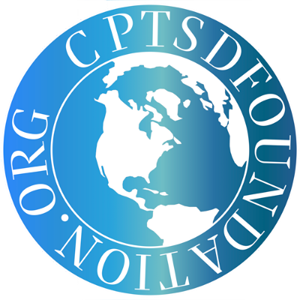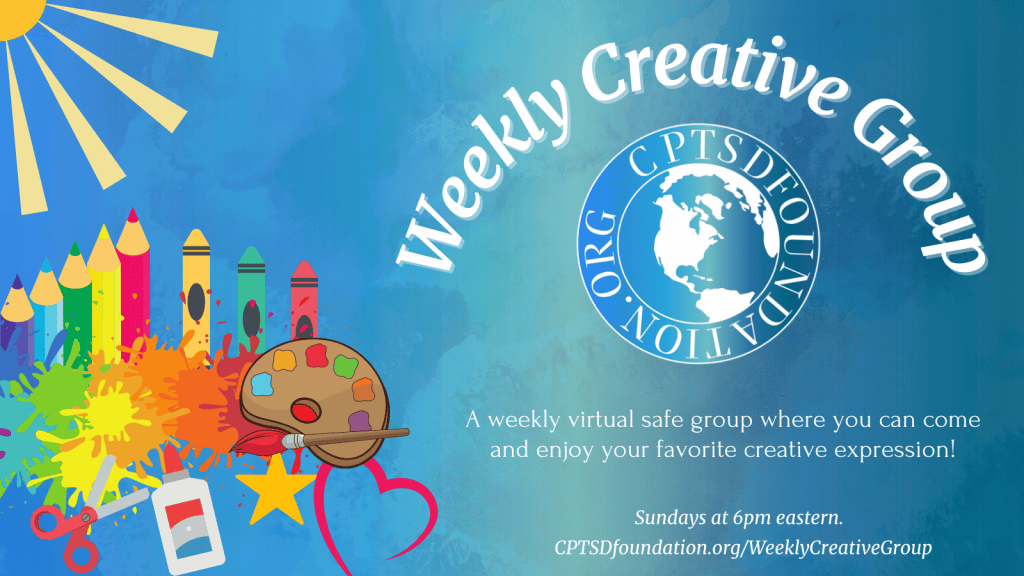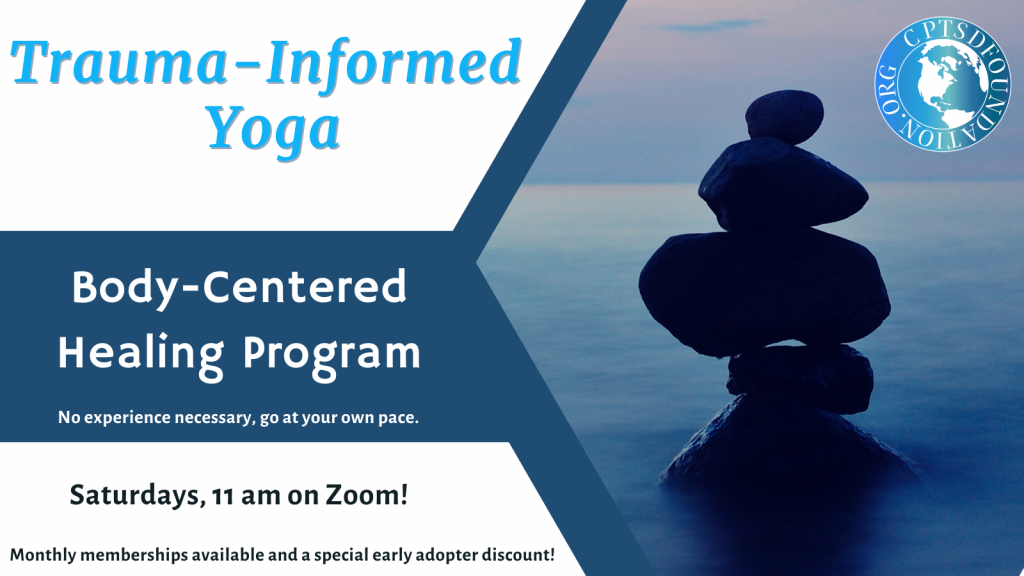
Photo by Hello I’m Nik on Unsplash
In the previous article in this series, we reviewed the World Health Organization’s (WHO) definition of CPTSD, explored the CPTSD-specific symptoms, and how those symptoms show up in the workplace. In this article, we will continue our exploration of the symptoms, focusing on PTSD (baseline symptoms) and talk about how these show up in the workplace.
PTSD Symptoms
The definition above states that all of the diagnostic requirements for PTSD are met, but it does not re-state what they are.
According to the ICD-11, PTSD is “characterised by all of the following: 1) re-experiencing the traumatic event or events in the present in the form of vivid intrusive memories, flashbacks, or nightmares. Re-experiencing may occur via one or multiple sensory modalities and is typically accompanied by strong or overwhelming emotions, particularly fear or horror, and strong physical sensations; 2) avoidance of thoughts and memories of the event or events, or avoidance of activities, situations, or people reminiscent of the event(s); and 3) persistent perceptions of heightened current threat, for example as indicated by hypervigilance or an enhanced startle reaction to stimuli such as unexpected noises. The symptoms persist for at least several weeks and cause significant impairment in personal, family, social, educational, occupational or other important areas of functioning.”
These symptoms are the foundation on which the CPTSD-specific symptoms that I covered in my previous article sit.
PTSD Symptoms in the Workplace
To be clear, PTSD symptoms alone can be just as dysregulating as CPTSD symptoms. They can interfere with our ability to work in several ways.
Absenteeism:
The workplace can be triggering in so many ways. Smells, sounds, people, and situations can immediately bring back traumatic memories or feelings that we are instinctively trying to avoid. As a result, we may attempt to avoid going to work altogether. The thought of going to work and having to face the possibility that we could be triggered at work in front of other people might make us feel sick to our stomachs or produce some other physiological symptoms.
Sleep disturbances can also cause absenteeism. Nightmares, emotional flashbacks, insomnia, and the inability to turn off hypervigilance contribute to emotional dysregulation and fatigue. According to an article by brainline.org, “Sleep problems, particularly insomnia, are among the most common symptoms after a trauma and are reported by 70% of people with PTSD”. We should not underestimate the impact that lack of sleep has on our ability to function properly at work. “Lack of sleep leads to detriments in job performance, productivity, career progression and satisfaction, and an increase in job-related accidents, absenteeism, and counterproductive work behaviors. Conversely, better sleep has been linked to improved memory, knowledge acquisition, and learning” (Harvard Business Review).
Lack of Concentration:
Sleep disturbances contribute tremendously to our inability to concentrate. Our minds are not sharp when we haven’t slept well. If our sleep disturbances were caused by nightmares or re-experiencing the trauma, our brains would be focusing on that instead of our job. Trauma has a way of stealing the majority of our mindshare. We have all kinds of thoughts going on in our heads, like how can I stop these thoughts and memories from replaying in my mind, what people and places do I need to avoid that remind me of my trauma, how am I going to get this deliverable done when my brain won’t work, am I going to be fired because I can’t perform? With all of these thoughts swirling in our minds, it is no wonder we can’t concentrate.
Increased Irritability:
A heightened perception of threat results in hypervigilance and an exaggerated start response. I can say from experience that hypervigilance is exhausting. Our nervous system is on high alert all the time, with all people, and in every situation. Between the sleep deprivation and the fatigue caused by hypervigilance, we often develop a relatively short fuse with people and situations and have no tolerance for anything frustrating. Rather than explode on people we care about, we may withdraw socially or feel detached from others.
Managing PTSD Symptoms in the Workplace
When I was first diagnosed with PTSD, I struggled at work. There was so much “noise” in my head and my soul, making it difficult to tolerate the normal noise from the surrounding cubes on my floor. I became super sensitive to loud, sudden noises. I would jump when people came into my cube unannounced because my back was towards the opening. I had difficulty remembering things. I could not complete a sentence at times because the words just wouldn’t come. I felt worthless. I feared being fired because I could no longer perform like I used to. I had to do something. Below, I have listed what I did to manage my PTSD in my workplace. Please keep in mind; this will look different depending on what type of work you do and the company you work for.
Ask for help.
The first thing I did was reach out for help. I already had a therapist, but I needed help in the workplace. I gathered my courage and let my manager know what was going on. I was fortunate to have a manager who responded well when I came to her because I know not everyone experiences that. Even though she didn’t know what to do, I had a partner to help me explore the available options.
I learned that our company had an actual team dedicated to helping people with disabilities, like PTSD, obtain the accommodations they need. I reached out to them and was assigned a case manager, who listened to my struggles with my environment and discussed potential solutions with me.
- Be proactive.
It is important to understand that we are not victims of our environment. Many of us have learned powerlessness. Our ability to know what we need and how to get it has been thwarted. I did not know, at that time, that I was allowed to have needs and that I was allowed to ask for what I needed. I wish someone would have told me that back then, so I am telling you now. You are allowed to have needs, AND you are allowed to ask for what you need.
- Figure out what works for you.
Discovering what you need is a process, and so is coming up with solutions. It takes time to become aware of the areas you are struggling with and understand what works best for you. Our needs are going to be different. Our solutions are going to be different. If you are working with an accommodations professional, don’t be afraid to push back if you are uncomfortable with a solution. For example, my case manager and I were discussing what to do about the door to my cube because I needed to discourage people from sneaking up on me, and I needed a way to create a “safe” space for myself that was away from leering eyes when I was having a bad day. She recommended hanging a curtain over the entryway, but that was going to initiate a bunch of questions that I did not want to answer. Instead, I suggested getting a big whiteboard on wheels that I could roll in front of my cube entryway to keep people out when I needed some space. As a process designer, I already had about 12 whiteboards hanging up around my cube, so one more would not draw more attention to me. Don’t be afraid to be creative because there is a lot they can do. For those under the US ADA coverage area, there is a site called JAN (Job Accommodation Network) that can give you options for the symptoms you face with PTSD.
- Decorate your space or work area with things you love and make you feel grounded.
You can hang up pictures of your family, nature, animals, or anything else that makes you feel good. I found photos on the internet that reminded me of the “safe place” I had created mentally with my therapist, made it my screensaver, and hung it on my wall. I had sticky note affirmations hanging all over my walls, reminding myself that this won’t last forever, it doesn’t have to define me, to be gentle with myself because this is a really hard process, and I do not have to do this alone. Those are the things that I needed to hear, but your affirmations might be different.
- Build a support team at work.
Even if we have a trauma therapist, they can’t be with us outside of our therapy appointments, so we need to work on building a small group of people, whether it is friends, manager, mentor or even a trauma recovery coach, that can help us through the rough patches. I had a great relationship with my manager, where I could text her when I was triggered, and she would carve out some time in her schedule for me. She was able to help me get grounded, and I was able to move forward with my day. It doesn’t have to be your manager; it could be a co-worker or a friend. At one point, I hired a trauma recovery coach because I needed someone dedicated to me and my healing journey. I was able to text her when I was triggered, and she was able to walk me through getting grounded until I got to the point I could do that on my own. You may find other trauma survivors willing to be there for you.
- Use your tools to cope.
There are several tools you can use to help you get grounded when triggered. Breathing exercises, chewing gum, humming, PTSD apps, going for a walk, eating something, or journaling can all help get you grounded.
Some Final Thoughts
Being diagnosed with CPTSD or PTSD is not a death sentence, nor does it have to get in the way of career success. It might be challenging to manage at times, but it is not impossible. There will be ups and downs; there are going to be good days and bad days. Recovery is a journey. It is not a sprint; it is an ultra-marathon.
As a trauma survivor and a trauma recovery coach, I believe you have everything you need inside of you to get through this. You are your greatest asset and advocate. You are not in this alone. Healing from trauma is a really hard process, but you’ve already done the hardest part. You survived. Trauma does not have to define you.
“Adversity will be part of our story, but it doesn’t have to be the whole story.” Dr. Arielle Schwartz
I believe in you! You’ve got this!! I see you. I hear you. You matter. I care.
References
https://www.brainline.org/article/ptsd-and-sleep-problems-double-whammy
https://www.sleepfoundation.org/mental-health/trauma-and-sleep
https://hbr.org/2020/07/how-much-is-bad-sleep-hurting-your-career
https://www.workplacementalhealth.org/Mental-Health-Topics/Posttraumatic-Stress-Disorder
https://www.mequilibrium.com/resources/coping-with-ptsd-at-work/
https://choosework.ssa.gov/blog/2019-05-14-working-with-post-traumatic-stress-disorder
https://askjan.org/disabilities/Post-Traumatic-Stress-Disorder-PTSD.cfm
Managing CPTSD Symptoms in the Workplace – Part 1

Believer. Leader. Learner. Advocate. Writer. Speaker. Coach. Mentor. Triathlete. Encourager. Survivor.
Most of all, I am a fellow traveler on the rocky road called, Trauma Recovery. My mission is to minimize the effects of trauma for survivors in the workplace.




Thank you so much for this!
My pleasure. I hope it was helpful.